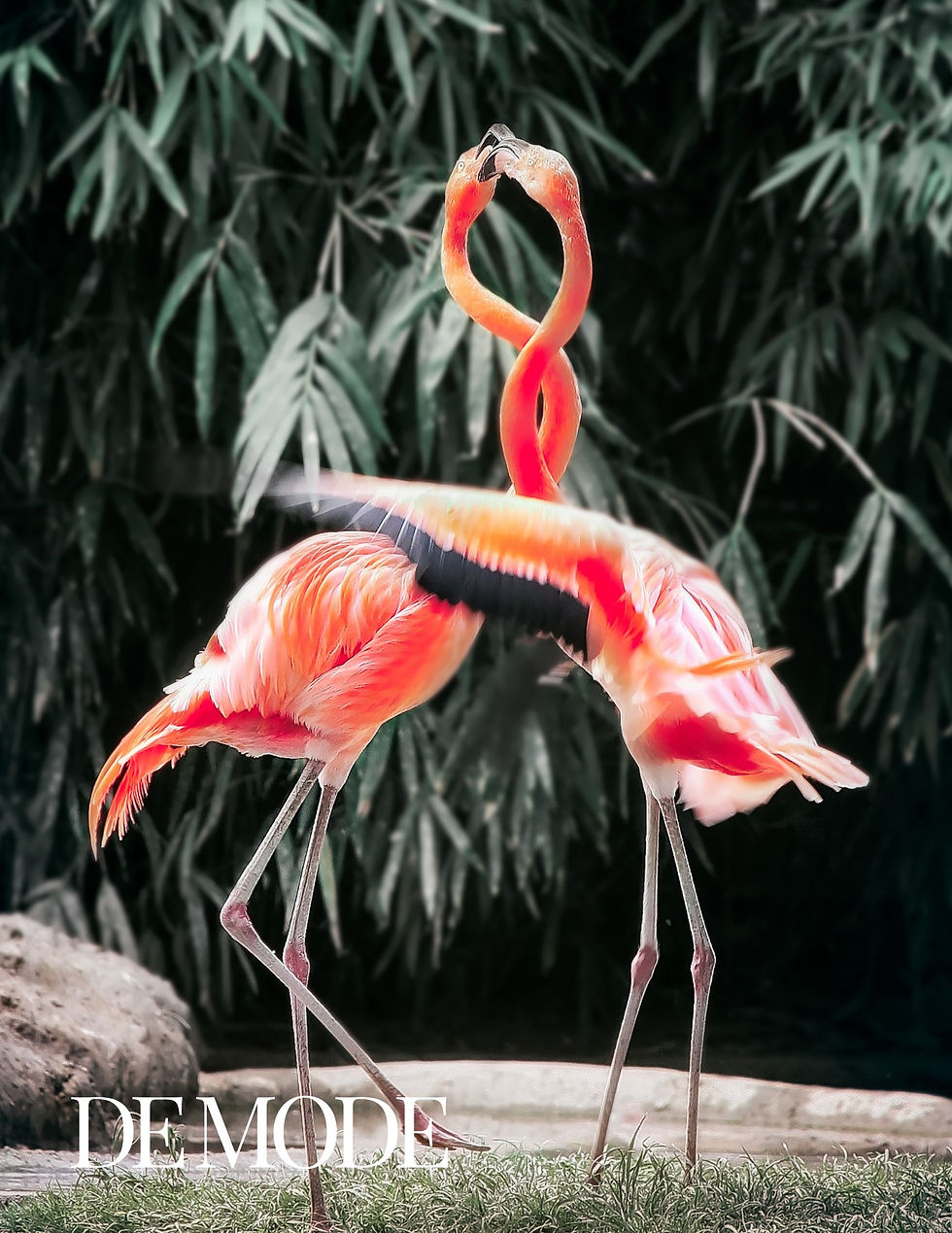ORIGINALLY PUBLISHED IN DE MODE
Article Published on: 08TH AUG 2023 | www.demodemagazine.com
Memory, a cornerstone of cognition, weaves the fabric of our experiences and shapes our understanding of the world. But memory is not a privilege solely reserved for humans; the animal kingdom is replete with remarkable instances of memory that challenge our perceptions and unveil the intricacies of the natural world. From the intricate dance of foraging ants to the awe-inspiring feats of migratory birds, the curious case of animal memory beckons us to explore the depths of cognitive prowess, unraveling the enigma of how creatures remember and forget.
At the heart of animal memory lies the fascinating interplay between instinct and learned experiences. Instinct, a fundamental survival mechanism, guides animals toward behaviors necessary for their survival and reproduction. These hardwired behaviors, often rooted in genetic coding, ensure the continuation of species across generations. Birds building intricate nests without prior experience and salmon returning to their birthplace to spawn are examples of instinctual behaviors that rely on genetic memory.

Yet, animal memory extends far beyond the confines of instinct, encompassing a realm of learned experiences that adapt to the ever-changing environment. This form of memory, often referred to as "associative memory," is exemplified in the classical conditioning experiments pioneered by Ivan Pavlov. Animals learn to associate specific cues or events with rewards or punishments, adapting their behaviors based on these associations. The classic example is the Pavlovian dog, which learned to salivate at the sound of a bell after repeated pairings with food.
From this foundation of associative memory emerges an array of remarkable memory capabilities in the animal kingdom. One of the most iconic examples is that of the honeybee, which displays intricate navigational skills by communicating the location of food sources to its hive through the "waggle dance." This dance conveys information about distance, direction, and quality of the food source, a testament to the honeybee's ability to remember and communicate complex spatial information.
The world of animal memory encompasses various forms, including short-term and long-term memory. Short-term memory allows animals to hold and manipulate information for brief periods, enabling them to solve immediate challenges. A squirrel hiding nuts for the winter or a chimpanzee using tools to extract termites from their nests showcases the application of short-term memory in planning and problem-solving.
Long-term memory, on the other hand, involves the retention of information over extended periods. Migratory birds, celebrated for their incredible navigational abilities, offer glimpses into the awe-inspiring realm of long-term memory. These birds embark on journeys spanning thousands of miles, navigating complex landscapes with remarkable precision. Studies have revealed that migratory birds rely on a combination of visual cues, geomagnetic information, and even star patterns to guide their migrations—an astonishing demonstration of long-term memory in action.

The enigmatic world of animal memory raises questions about the neural mechanisms that underpin these cognitive feats. Neuroscientists have delved into the brains of various species, uncovering intriguing similarities and differences in memory processes. For instance, studies on rodents have illuminated the role of the hippocampus—a brain region crucial for spatial memory and navigation. Similarly, studies on birds have highlighted the importance of specialized brain structures such as the hippocampus and the "nidopallium caudolaterale" in spatial memory and song learning.
But the realm of animal memory is not limited to cognitive abilities; it also encompasses the phenomenon of forgetting. Just as humans experience memory decay over time, animals also exhibit varying degrees of forgetfulness. This is particularly evident in species that rely on cached food supplies, such as squirrels. These creatures bury food items in numerous locations, but not all caches are recovered. This process inadvertently contributes to the distribution of seeds and the growth of plants, underscoring the ecological significance of memory and forgetting in the natural world.
Interestingly, the capacity for forgetting may also serve as an adaptive trait. Animals must be able to update their memories and adapt to changing conditions. Forgetting certain information prevents cognitive overload and allows animals to prioritize relevant and current information. This delicate balance between memory retention and forgetting is a testament to the intricate interplay between cognitive functions and ecological demands.
The study of animal memory extends beyond the laboratory, offering insights into practical applications and conservation efforts. For instance, understanding the memory and navigation capabilities of pollinators like bees can inform strategies for preserving and enhancing pollination in agricultural settings. The knowledge of migratory routes and habitat preferences of various species aids in the design of effective conservation plans for threatened or endangered animals.

In the grand tapestry of life, the curious case of animal memory invites us to peer into the minds of creatures that inhabit diverse ecosystems. It challenges us to recognize the profound cognitive capacities that exist beyond our own species, bridging the gap between humans and animals through the common thread of memory. As we unravel the mysteries of animal memory—whether it's the intricate communication of honeybees, the navigational prowess of migratory birds, or the spatial memory of foraging mammals—we are reminded that the capacity to remember and forget is a fundamental and shared aspect of the living world.